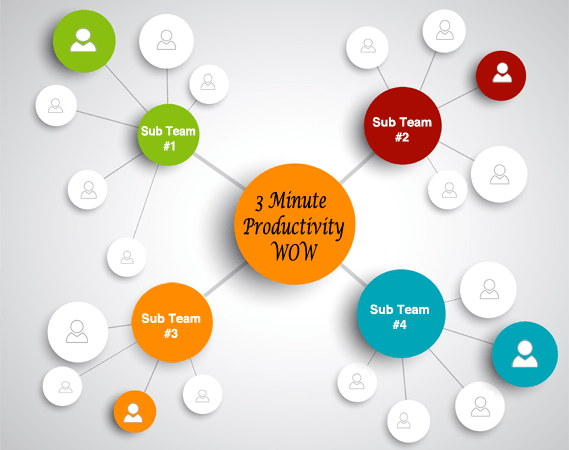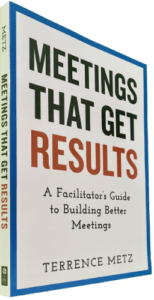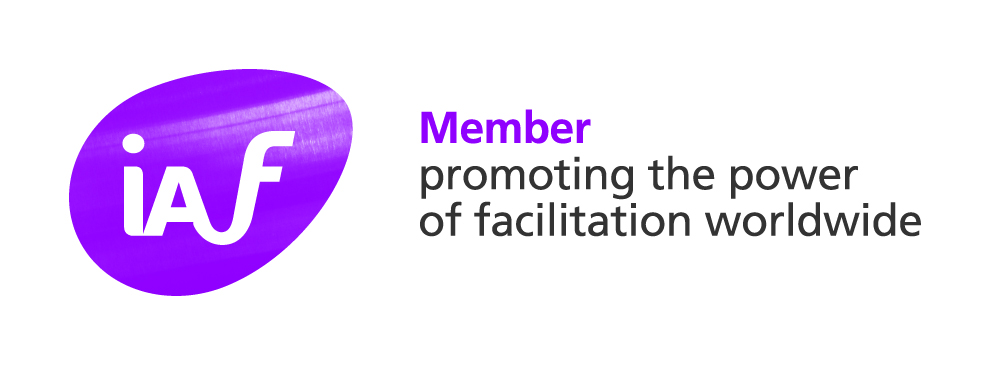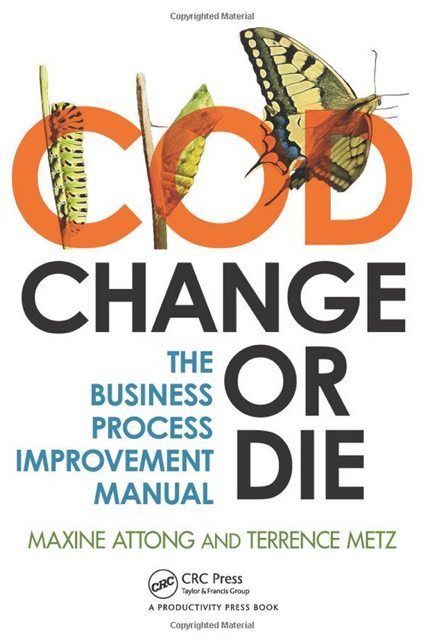Think of a meeting break as a pressure relief valve. Under normal circumstances, a standard ten-minute break, every seventy-five minutes or so, allows participants to decompress so they can return to the meeting refreshed and on track. However, when a minor disagreement threatens to explode into a full-blown situation, you need more than a standard break. For such times, use one of the ‘special’ meeting break methods below.
Method: When THEY Need a Meeting Break
Whenever the group gets stuck on a subject, begins to go round and round in a circular argument, displays drowsiness, exhibits brain-dead comments or motions, etc, take a ‘special’ meeting break. Before you send them on a break, however, command the following:
- Instead of the standard 10-minute break, give them an additional five minutes (15 minutes total).
- Write down a question (visually) they need to answer when the break time has concluded.
- Tell them to use ten minutes for themselves (ie, phone, email, bathroom, etc.), but to take the additional five minutes and walk around, preferably getting some fresh air (outside, perhaps in an outdoor courtyard or near a fountain), and even doing some minor stretching.
- During the ‘special’ five minutes, tell them to develop their responses to the question you have posted visually (easel, projector, or whiteboard).
- When participants return, begin with input and new ideas they developed during the break.
Method: When YOU Need a Meeting Break
As the leader, perhaps you are stuck, saturated, or brain-dead—so, take a break. Before you begin this ‘special’ meeting break, however, repeat the five steps above. Note the following benefits that accrue from this approach:
- Participants remain productive for five minutes of the break while giving you a full, one-quarter hour to sort through your notes, phone home (if necessary), and better ascertain what you should do next.
- You also save face, while at the same time creating a win-win scenario. No one has ever been disappointed when asked to take a break.
Method: When EVERYONE Needs a Meeting Break
The cognitive benefits of exercise provide a positive benefit for people of all ages. Clinical proof exists that you learn twenty percent faster after exercise than after sitting still.
Why? Exercise improves the blood’s access to specific brain regions and stimulates learning cells to make brain-derived neurotrophic factors, or BDNF, which acts like a Miracle-Gro® for neurons.
Especially during full-day or multiple-day workshops, you will note around 3:00 PM everyone’s energy begins to lag. Biorhythms are actually lower mid-afternoon than at any point, even during our sleeping hours. Be prepared to take a quick, thirty- to sixty-second ergonomic break.
- Ask everyone to stand up.
- Either lead or have someone pre-selected to guide the group through a few, simple exercises. For example, have participants roll their heads, twist their torsos, bend their hips, rotate their arms, etc (Someone who takes or teaches yoga part-time is always a good choice.)
- Alternatively, consider some basic, deep-breathing exercises.
- Experiment, based on how many participants, how much space is available, and how much time is remaining. Everyone will benefit by feeling better and staying more awake and vibrant.
The ergonomic break, a simple device, has resulted in many issues being resolved, arguments ended, decisions being made, and participants waking up.
A ‘special’ meeting break allows time for evaporation with saturated participants, and space for new ideas to develop. For the facilitator or session leader, it also affords additional time to reorganize while the team remains productive and on task.
Method: An Immediate, Silent Meeting Break—Pause for Two Minutes of Silence
While it may seem counterintuitive to plan a silent period in a meeting, evidence supports the opposite. Alexander Kjerulf, author of “Happy Hour Is 9 to 5,” shows silence to be an ideal way to encourage deep thinking and robust ideas, during your ceremony, event, meeting or workshop.
The purpose of meetings is not to talk—the purpose of meetings is to arrive at ideas, solutions, plans, and decisions.
Since few of us can think deeply while we’re talking, two minutes of silence provides a chance to gestate over a decision, issue, or other topics.
MEETING BREAKOUT SESSIONS
Similar to a meeting break, a breakout session provides a change of scenery (and reduces pressure) by creating a smaller, safer (feeling) environment for participants. Breaking participants up into smaller groups or teams overcomes the monotony of relying too much on individual speakers that contribute to narrative Brainstorming and enables quieter individuals, who may not speak up in a large group, a way to contribute. As an added benefit, Breakout sessions or breakout teams enable groups to capture more information in less time.
Rationale for Meeting Breakout Sessions
Typically the session leader (aka, facilitator) may take up to one-half of the total talk time by setting up context and providing a thorough reflection of participant input. With ten participants in an eight-hour session, each participant probably contributes less than fifteen minutes of individual airtime, unless you spice up your meetings with breakout sessions.
How To Manage Breakout Sessions
Additionally, a very strong benefit of breakout sessions, all members (especially quiet ones) are given permission to speak freely. Their perspective and contribution defend their entire team’s position, not necessarily their lone voice.
Here are important considerations for managing face-to-face or virtual breakout sessions:
- In advance, have breakout team assignments preselected and decide on the method for analyzing their input.
- Publish your assignment or questions to be answered on a screen or in a handout. Be crystal clear with your instructions and the format you expect each breakout team to provide or build when they are DONE.
- Keep the question or instructions posted (e.g., on an easel, projector, or whiteboard) or print it out and distribute it to each breakout team, as teams frequently assemble outside the main workshop room.
- Give breakout teams a precise amount of time and monitor them closely for dysfunction, progress, or questions. Five minutes is typically optimal. Amazing what a group of people can accomplish in three to five minutes when provided with clear and detailed instructions.
Notes on Meeting Breakout Sessions
- Make sure you have them document their findings and not simply report back using the “aether”. Large-format paper works great for providing input that consolidates into more refined output.
- Appoint a CEO or Chief Easel Officer for each team. People usually laugh at this description of CEO, and groups that laugh together statistically perform better together. The CEOs are your single point of contact for each team when asking for progress reports or providing them with commands such as bringing their worksheet forward.
- When teams return with their documents, you have already built consensus within each breakout team. Now you need to reconcile the voice of a few breakout teams rather than the voice of many individuals.
- Be creative when assigning members to breakout teams. Consider birth dates (e.g., months or days); birth position (e.g., last child); latitude or longitude of home, office, or birthplace; mountain peaks, constellations, cut-up cartoon strips (e.g., Dilbert® . . . ), etc. Thematically strive to align the names of teams with the project or product naming conventions.
Note of Caution
While breakout teams are exceptional at gathering ideas, you are usually better off analyzing their contributions as one large group. Build consensus around the cause, not the symptom. Frequently what teams bring back reflects WHAT they believe rather than WHY they believe it. The WHY needs to be shared with the entire group so that the consensus you build remains on solid footing.
In Conclusion — Getting People Back from a Meeting Break
Use MG RUSH countdown timers during breaks, even lunchtime, to provide immediate and visual feedback about the time remaining. Since our timers include bundled music, the stimulation works well for creating ambiance in the room. Alternatively, consider Brain Breaks that motivate participants who enjoy puzzles to return early as well.
______
Don’t ruin your career by hosting bad meetings. Sign up for a workshop or send this to someone who should. MGRUSH workshops focus on meeting design and practice. Each person practices tools, methods, and activities daily during the week. Therefore, while some call this immersion, we call it the road to building high-value facilitation skills.
Our workshops also provide a superb way to earn up to 40 SEUs from the Scrum Alliance, 40 CDUs from IIBA, 40 Continuous Learning Points (CLPs) based on Federal Acquisition Certification Continuous Professional Learning Requirements using Training and Education activities, 40 Professional Development Units (PDUs) from SAVE International, as well as 4.0 CEUs for other professions. (See workshop and Reference Manual descriptions for details.)
Want a free 10-minute break timer? Sign up for our once-monthly newsletter HERE and receive a free timer along with four other of our favorite facilitation tools.

Terrence Metz, MBA, CSM, CSPF, PSP01, HTTO1, is the Managing Director of MG RUSH Facilitation Leadership, Training, and Meeting Design, an acknowledged leader in structured facilitation training, and author of “Meetings That Get Results – A Facilitator’s Guide to Building Better Meetings.” His FAST Facilitation Best Practices blog features nearly 300 articles on facilitation skills and tools aimed at helping others lead meetings that produce clear and actionable results. His clients include Agilists, Scrum teams, program and project managers, senior officers, and the business analyst community among numerous private and public companies and global corporations. As an undergraduate of Northwestern University (Evanston, IL) and an MBA graduate from NWU’s Kellogg School of Management, his professional experience has focused on process improvement and product development. He continually aspires to make it easier for others to succeed.










